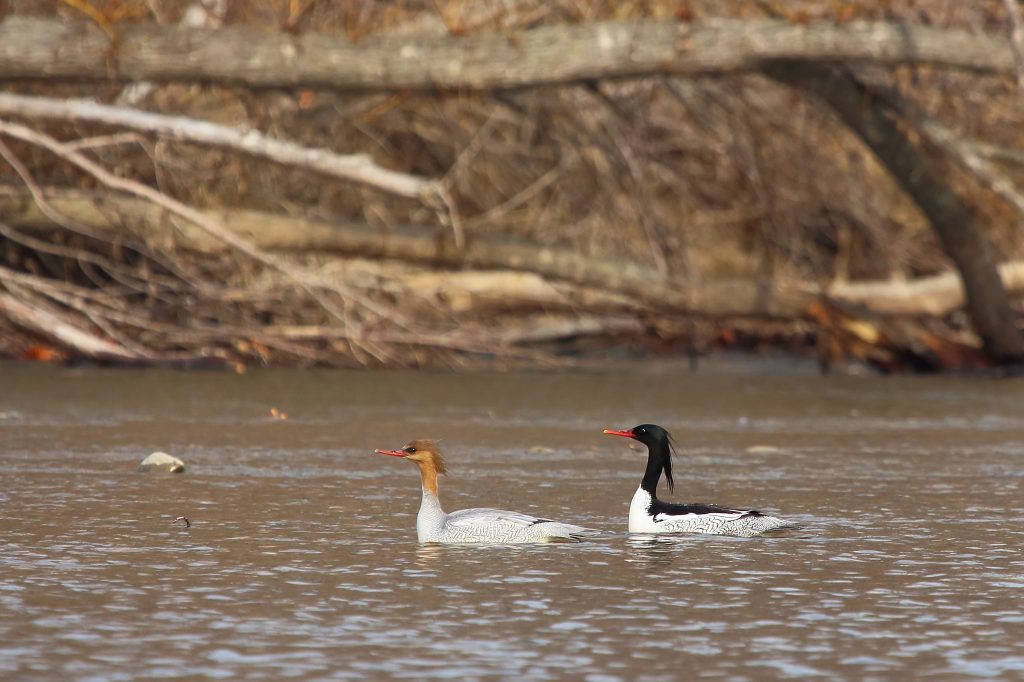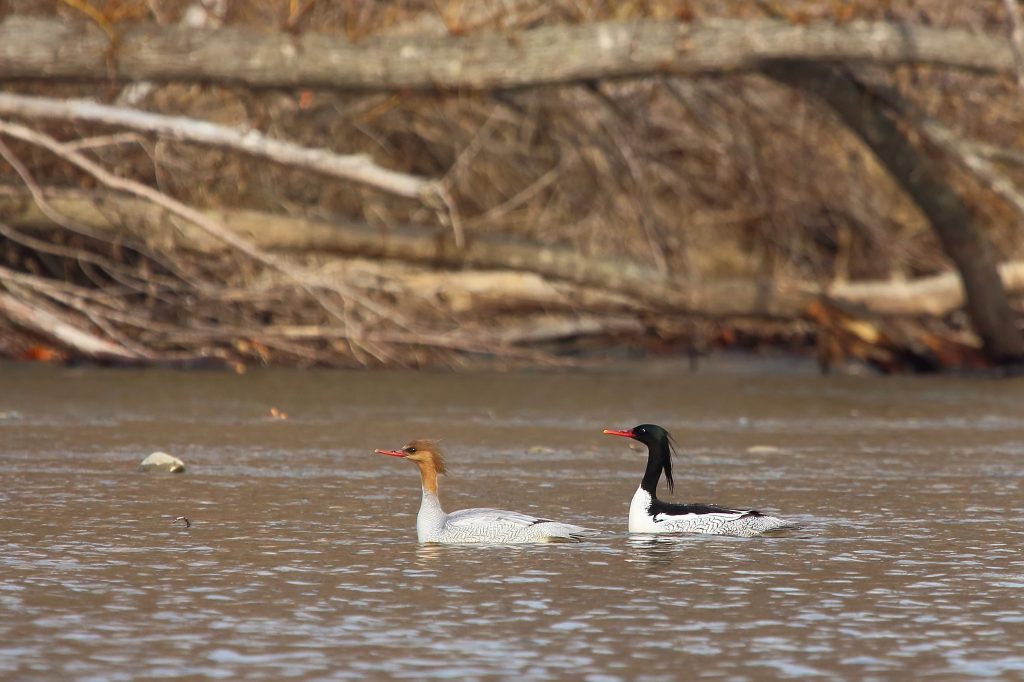New study of nesting biology of Scaly-sided Merganser (Mergus squamatus) by Diana V. Solovyeva, and S. L. Vartanyan.
Abstract: The nesting biology of the Scaly-sided Merganser (Mergus squamatus) was investigated over 17 years (2001‒2017) both in artificial and natural nest sites in Primorye, Far East, Russia. Artificial nest sites of different constructions (boxes and tubes) were provided along fifteen breeding rivers. A total of 205 nests were recorded: 190 nests in artificial sites and 15 in natural cavities. The occupation rate of nest boxes (27.8%) was significantly higher than that of nest tubes (20.2%). Clutch size averaged 11.08 ± 0.05 (N = 145) eggs. Inter- and intraspecific nest parasitism was described, and the effect of parasitism on nest success evaluated. Advanced clutch onset during the study period was significant. Apparent nest success (70.4 ± 4.0%, a proportion of nests that produced at least one young) was independent of cavity type, with no significant difference noted between artificial and natural sites. The artificial nest program is an effective way to increase the productivity of this endangered species. A total of 1334 ducklings hatched in artificial nest sites during 2002–2017.
Original paper in Russia is available [here].
For more information of Scaly-sided Merganser Task Force, please visit [here].

Scaly-sided Merganser. Photo credit: Denis Kochetkov





